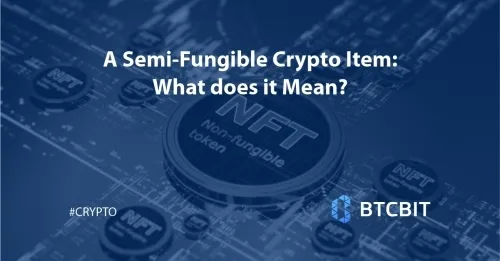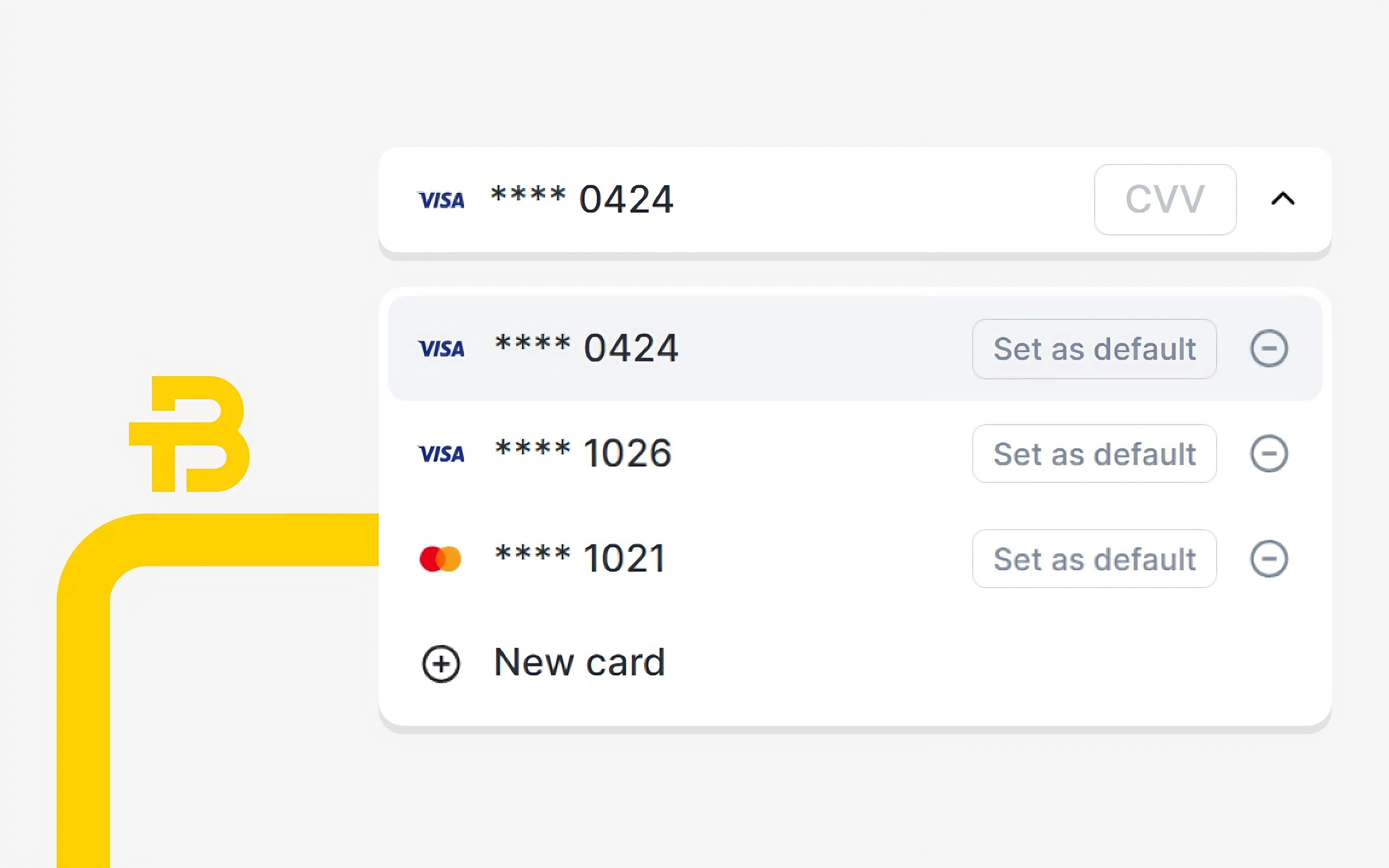
A Semi-Fungible Crypto Item: What does it Mean?
5 min
Today, barely anyone is surprised that you can mine and own cryptocurrency. It has become a common thing to mine, trade, and use digital tokens. NFTs though are still relatively new to most users. NFTs or non-fungible tokens have become mainstream since the end of 2020, beginning of 2021.
Many users are interested in obtaining NFTs, and this interest keeps increasing. Only in the first quarter of 2021, the sales of NFTs have reached astonishingly high levels - $2.4 billion dollars!
The increased interest in non-fungible tokens has become the reason why new concepts have emerged. For example, semi-fungible tokens (SFTs). In this article, you can learn more about NFTs, SFTs, fungible tokens, and what are the differences between all these items.
Fungible, Non-Fungible, and Semi-Fungible Tokens in Crypto Market
It’s pretty clear that the concepts of fungible, non-fungible, and semi-fungible tokens come from the non-crypto world. We have various items that we can exchange with no loss in value, but some items are so unique that it’s difficult or even impossible to set a price. In the crypto world, it’s similar, but with some differences.
Fungible Tokens
Most items that are traded in the crypto world are fungible. In this case, it means that they are interchangeable - you can trade one item for another without any loss in value. For example, if you trade 1 BTC for 1 BTC, the buyer and seller won’t lose anything. Both items have the same value and thus they can be exchanged.
The fungibility in this case is the ability of a certain item or cryptocurrency to be traded or replaced by another item or cryptocurrency with the same characteristics and value. As a result, there is no change in value.
Non-Fungible Tokens (NFTs)
An NFT is a digital token that proves one’s ownership of a unique item. In this case, a unique item can be anything starting from a piece of art, a collection of items, an in-game item, a soundtrack, a rare digital item, virtual real estate, etc. Because each NFT represents ownership of a unique item with different characteristics, it’s impossible to exchange 1 NFT for another 1 NFT.
Here is a simple example of why NFTs are never interchangeable. Imagine that you own 1 NFT that represents your ownership of a piece of art created by a famous artist. And there is another person that owns the NFT proving his ownership of a song created by another famous artist.
You can’t exchange these two items because inevitably, someone will get less value than the other person. For example, perhaps, the work of art you own was created by an artist who has passed away.
It means that the price of your NFT should increase since there will never be another work of art created by this author. But the song created by a famous artist may belong to an upcoming singer or band. This artist or a band will create more works, so even though the NFT is valuable, it’s not as valuable as the one proving ownership of a famous artist who passed away.
But what is a semi-fungible token in this case?
Semi-Fungible Tokens (SFTs)
Semi-fungible items are those tokens that during their lifecycle can be fungible, and then become non-fungible. In simple words, at first, a token has value and can be exchanged for the token with the same characteristics. But at some point in time, the token loses the exchangeable value.
One of the examples of an SFT is related to the gaming industry. Players can buy various items like weapons and skins to gain some advantage in the game. For example, let’s say there is a certain game that has limited collections of weapons that you can buy.
Someone bought a weapon but gave it to you in exchange for a skin. But you have been using this weapon to kill players, mobs, final bosses, etc., in the game. As a result, your weapon increases in value and can’t be exchanged for the same weapon since yours no longer has the same characteristics.
Another example of an SFT is a ticket for a concert. Imagine that you own a ticket to a concert by a famous artist. You can exchange this ticket for another ticket that allows you to visit the same band. It’s important though that this ticket allows you to visit the same concert, of the same artist on the same day, and in the same seating area. For example, instead of row 4, seat 10, you get a ticket for row 4, seat 9.
So, at this point, the ticket represents a fungible item. But let’s imagine that later on you still own this ticket, but the artist has announced post-factum that that was his last concert. Or the artist has passed away. In this case, the item inherits a different value and can’t be exchanged.
Overall, SFTs have a rather promising future within the gaming industry. Companies can create fungible and non-fungible items so that gamers can easily trade items that can become non-fungible in the future.
Other news
More newsOne Single Step
Learn more



